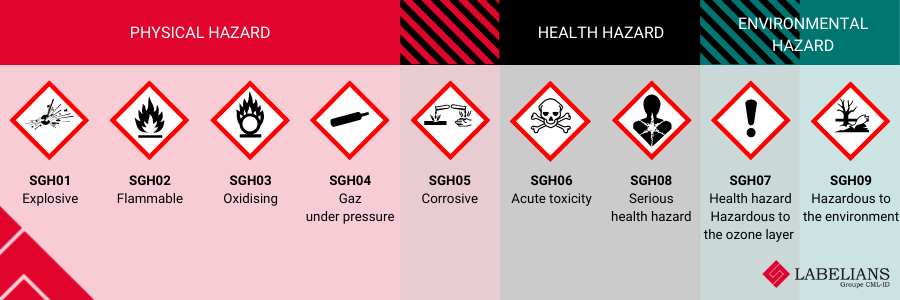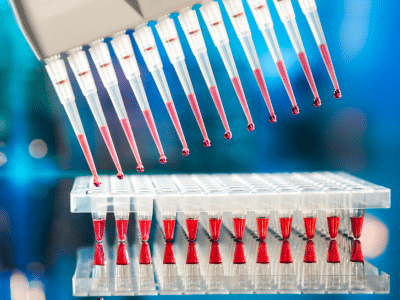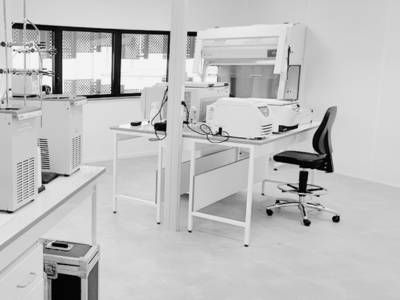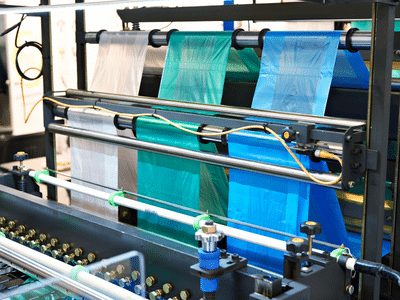Understanding hazard warning pictograms is not so easy. They are printed on all chemical products packaging, however only few people know how to decipher them.
These signs are definitively mandatory to ensure everyone’s safety, as they inform user from any danger he / she may be exposed to when handling chemicals in the lab and anywhere else.
Once you will have read this blogpost, hazard warning pictograms will be crystal clear for you.
Hazard warning pictograms and the CLP regulation
The CLP regulation provides rules re classification, labelling and packaging of chemical products (substance and mixture). The regulation n° 1272/2008 aims to harmonize standards at international level using the same pictograms to describe chemical product hazard, protect human health and the environment.
This regulation defines 28 hazard classes :
- Physical hazard, comprising 16 classes such as explosives, flammable, reactivity…
- Health hazard, comprising 10 classes : toxicity, corrosion, irritation…
- Environmental hazard, comprising 2 classes : aquatic environmental hazard and the ozone layer.
Learn more about pictograms warning around product or substance hazard
Hazard warning pictograms appear in the safety data sheet and the labelling. Other elements are also visible on the label :
- Warning statement -either danger or warning – depending of the hazard.
- Hazard statement, indicating the nature and severity of the risks caused by the substance or mixture.
- Precautionary statement, for exemple : weat protective equipment, keep away from heat, open flames and other ignition sources, do not get in eyes, on skin or on clothing.
Hazard warning pictograms classification
Physical hazards
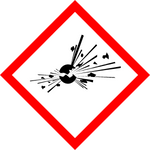
Pictograms GHS01 – Explosive
It means that a product can explose upon contact with a spark, a flame, static electricity , under the effect of heat, by friction or an impact.
Example : ammonium nitrate, nitroglycerin.
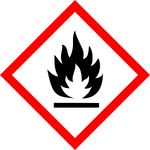
Pictogram GHS02 – Flammable
Products are easily flammable. They can ignite under the effect of heat, by friction or an impact, upon contact withr a spark, a flame, static electricity and also upon contact with air or water if there is flammable gaz.
Example : gasoline, methane, tinder
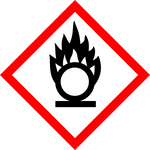
Pictogram GHS03 – Oxidizing
Products may cause or intensify fire and products may also cause an explosion in presence with flammable substances.
Example : bleach, oxygen for medical purposes, nitric acid
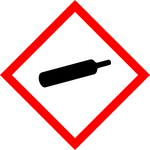
Pictogram GHS04 – Gaz under pressure
The product contains gaz under pression (compressed gases, liquefied), it may cause burns or cryogenic injury (refrigerated liquefied gases) and it may explode if heated (compressed gases, liquefied gases, dissolved gases).
Examples : liquid nitrogen, butane
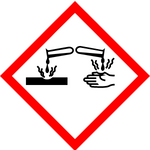
Pictogram GHS05 – Corrosive
The substance may be corrosive and/or destroy metal. It is also harmful to health and cause severe eye damage and skin burns on contact or splashing.
This pictogram is found in two hazard classes : physical hazard and health hazard because corrosive products have an impact on materials and health.
Example : acetic acid, hydrochloric acid, ammoniac
Health hazard
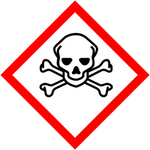
Pictogram GHS06 – Acute toxicity
The substance has a quick and immediate effect en health. It may be fatal or toxic if swallowed, in contact with skin, if inhaled
Example : methanol, biocide
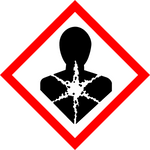
Pictogram GHS08 – Serious health hazard
The product may have several harmful effects on health. It may cause damage fertility or the unborn child, suspected of causing canser, may cause genetic defects, damafe to organs, allergy or asthma symptoms pr breathng difficulties if inhaled. It also may be fatal of swalowed and enters airways.
Examples : petrol, lamp
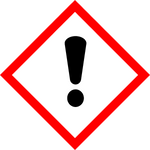
Pictogram GHS07 – Health hazard / hazardous to the ozone layer
The substance may cause eye, skin and respiratory irritation, may cause an allergic skin reaction, drowsiness or dizziness. The substance is also classed in the hazard environmental class because it may destroy ozone layer.
Example : washing detergents, coolant fluid
Environment hazard
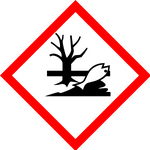
Pictogram GHS09 – hazardous to the environment
It means the subtance is very toxic to aquatic life with ling lasting effects. It is not degradable and affects organisms living in aquatic environment.
Example : pesticide, biocide, turpentine
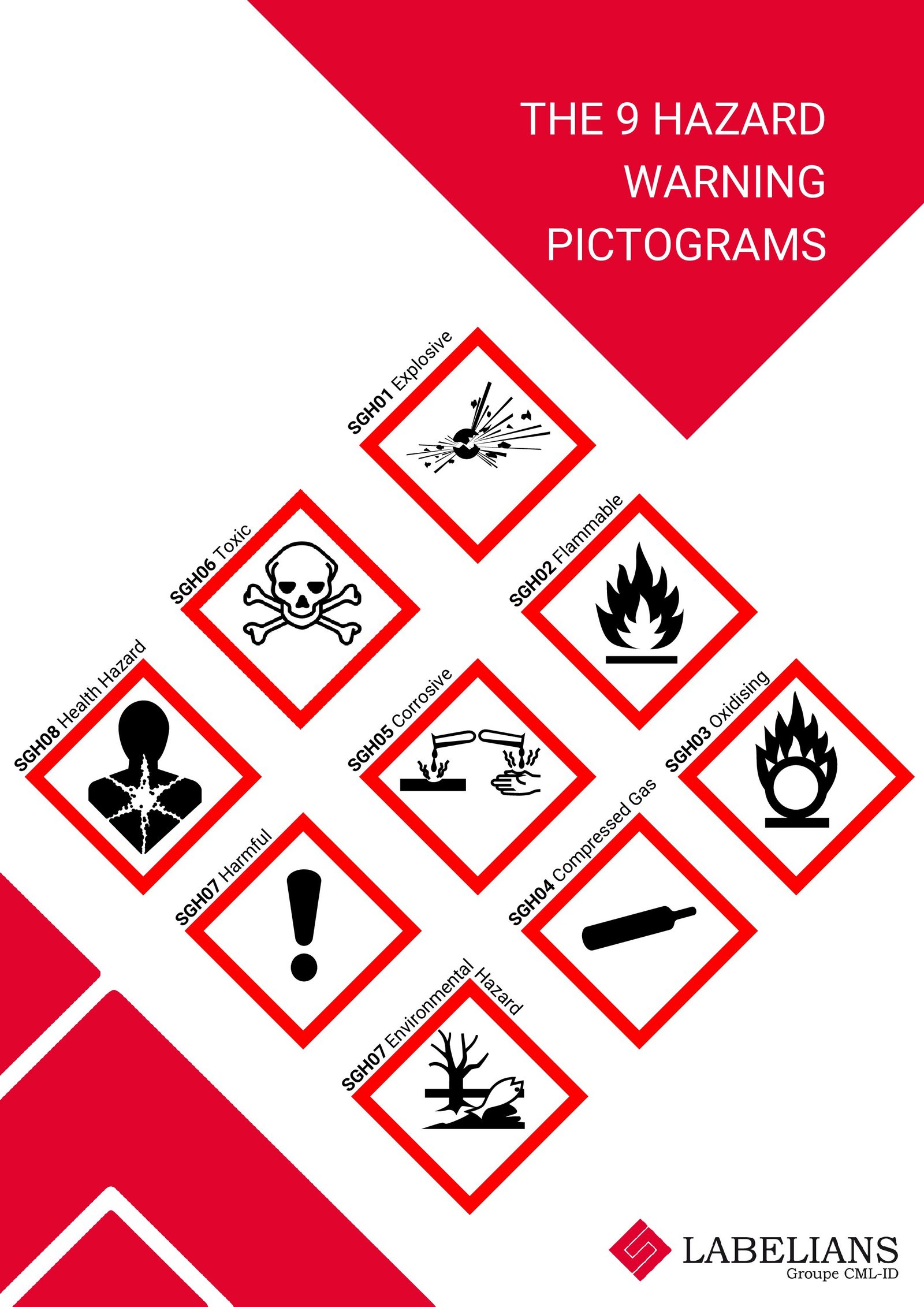
Laviedulabo.fr helps you to have an easy reading of hazard pictograms by offering you to download the poster.
Download, print and hang it in your lab, classroom or chemical storage areas.

